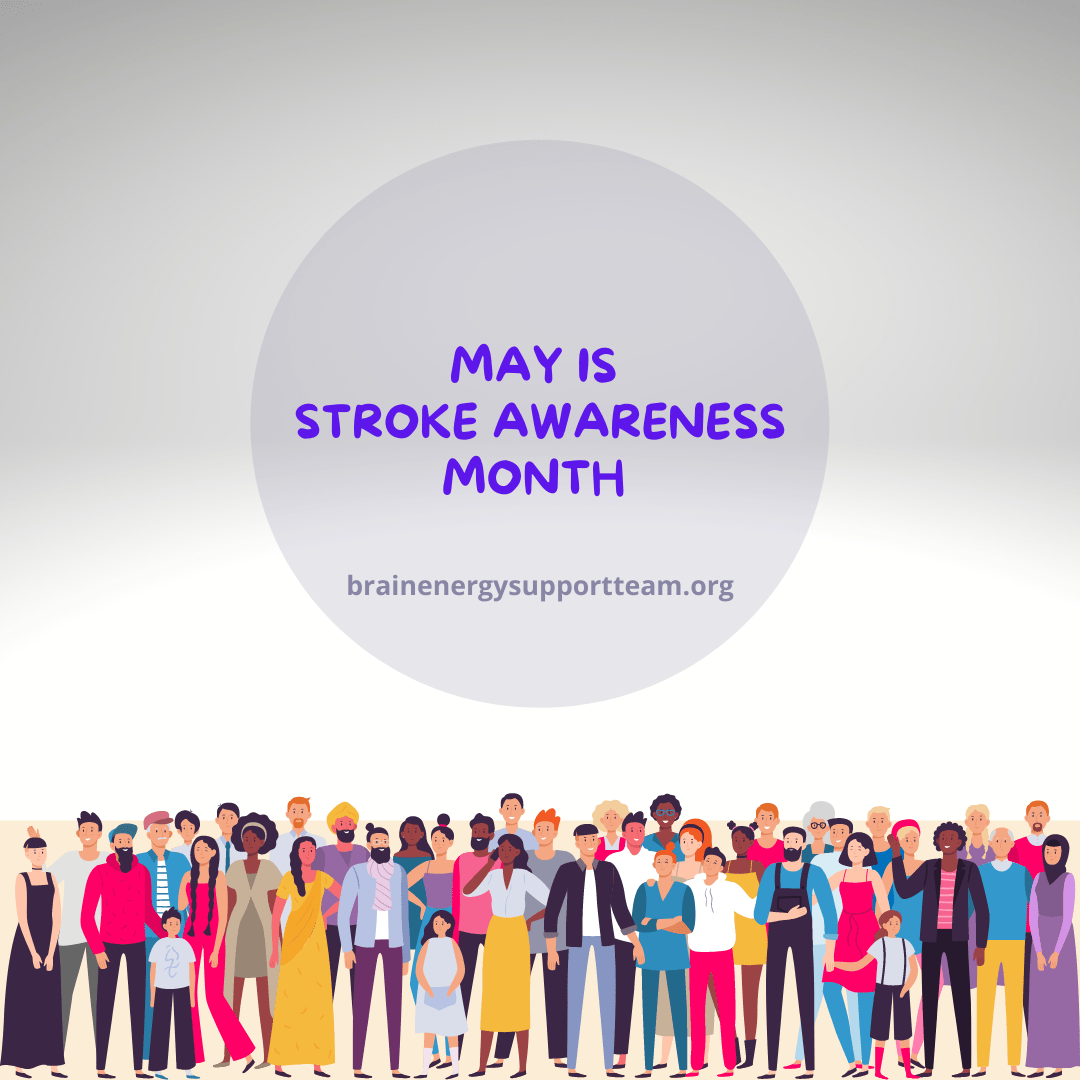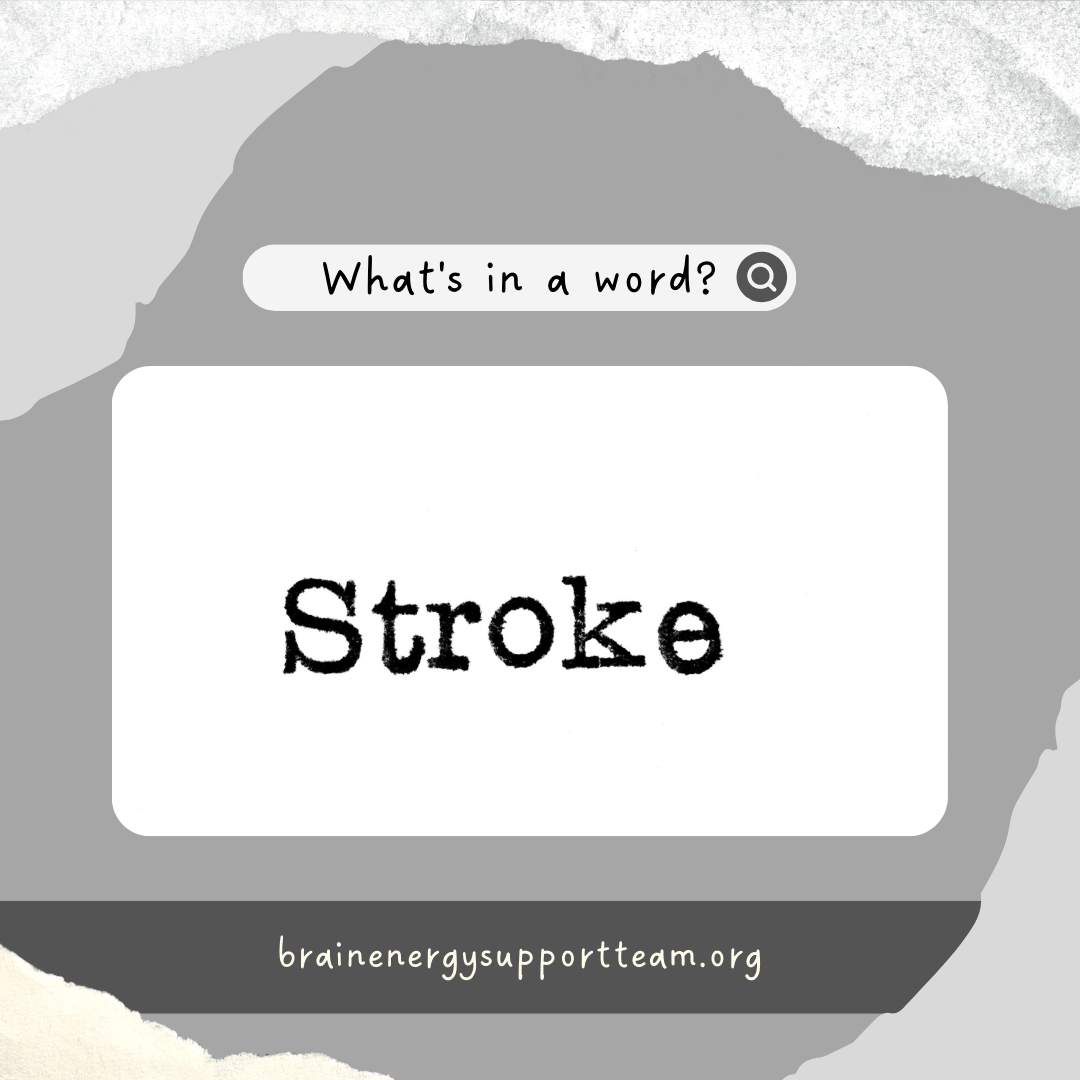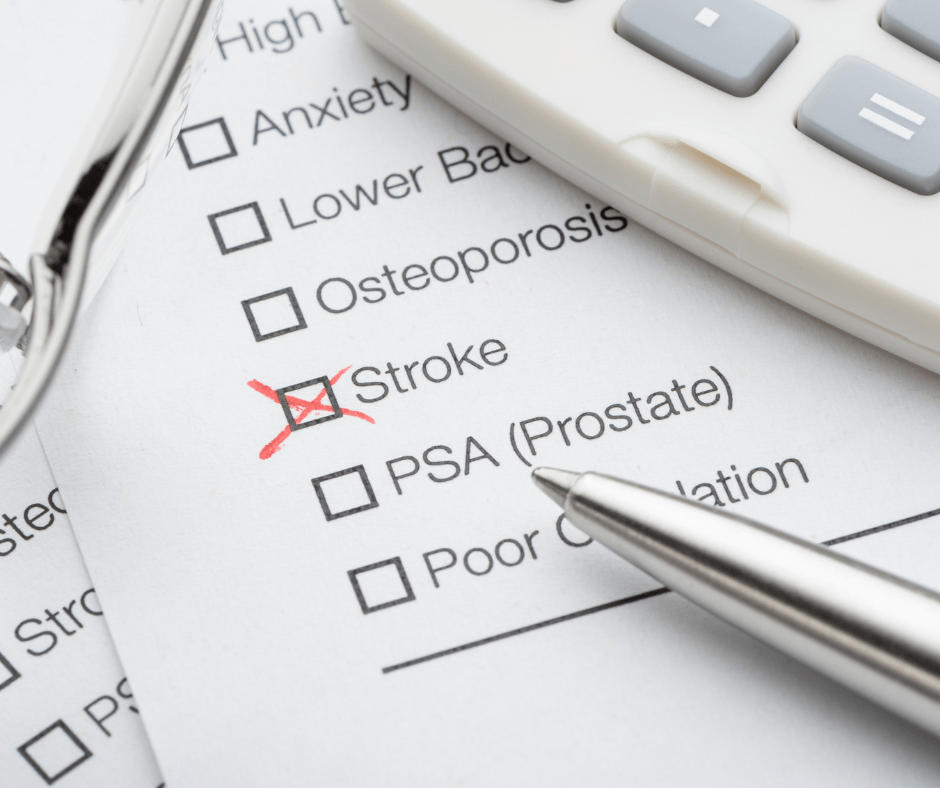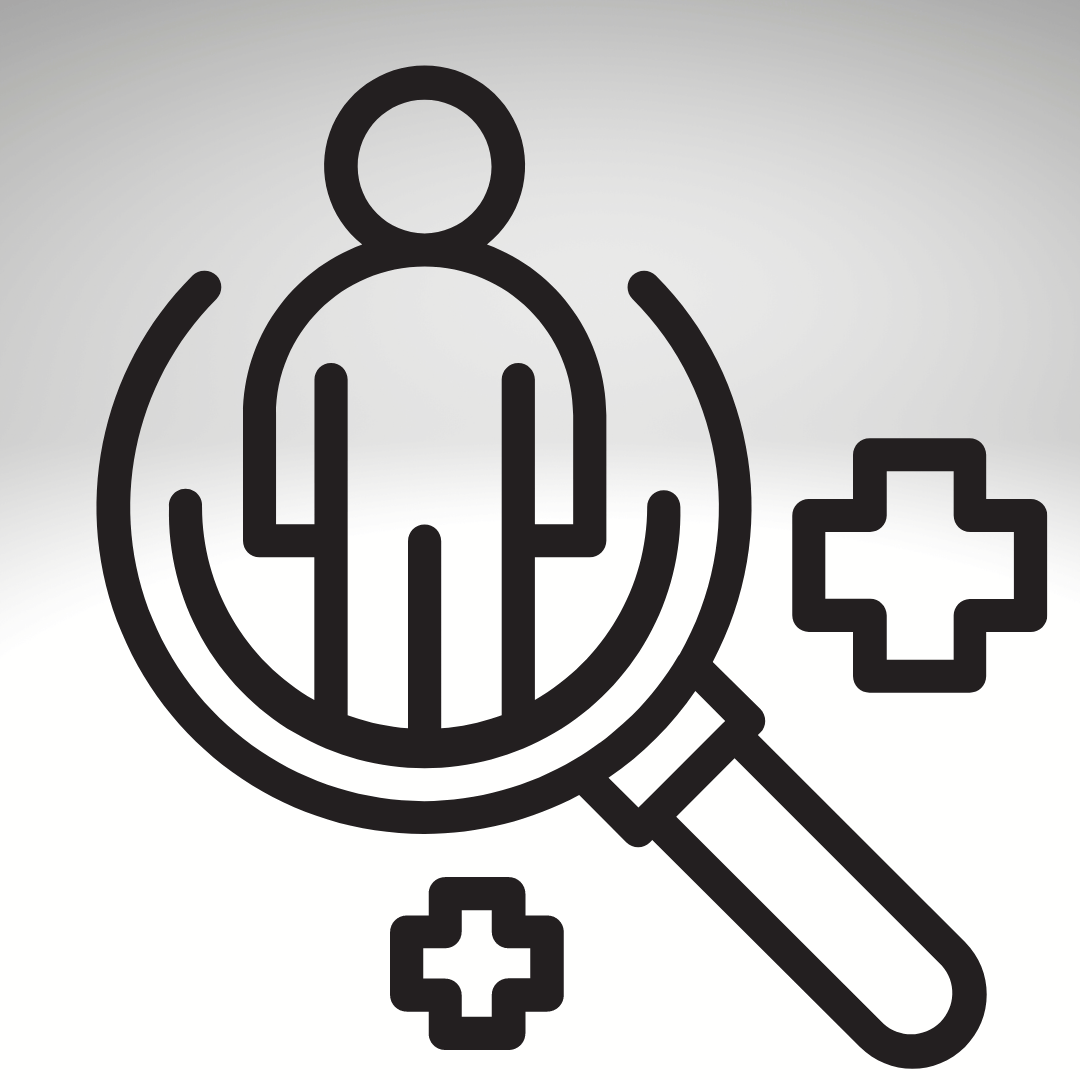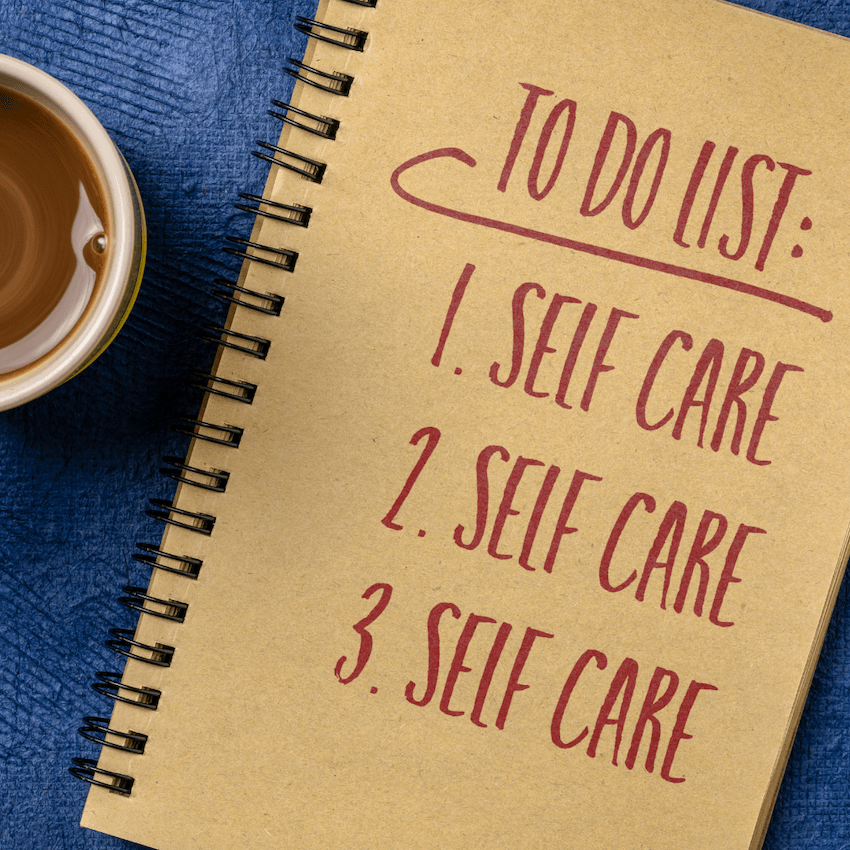What is a stroke?
Simply put, a stroke is a disease that affects the arteries leading to and within the brain.
Here are some important facts about strokes from the Centers for Disease Control (CDC):
- Stroke is the fifth leading cause of death in the United States.
- About every 4 minutes someone in the United States experiences a stroke. Each year, more than 795,000 people have a stroke.
- About 1 in 4 strokes are in people who have had a previous stroke.
- Stroke is one of the main causes of serious long-term disability, particularly in people 65 and older.
- A stroke can occur at any age, but most often in seniors; 34% of people hospitalized for strokes are 65 years and older.
- North Carolina, South Carolina, Georgia, Tennessee, Mississippi, Alabama, Louisiana and Arkansas (known as the stroke belt) have higher rates of stroke compared to the rest of the United States. These states have about 30% higher rates of fatal strokes. Heightened risk appears to be among those Southeasterners who were born in that region and lived there the first 20 years of their lives. (This may tie in with that region having high rates of obesity.)
- The risk of having a first stroke is higher in African Americans. Strokes among Hispanics have seen an increase recently
Risk factors for stroke include:
- Smoking.
- Diabetes.
- High blood pressure.
- Obesity.
- Prolonged inactivity, lack of exercise.
- Stroke is called the silent killer because it shows no outward symptoms. A stroke can happen suddenly and at any time.
When a stroke does hit, it’s important to recognize the signs that a stroke is happening, both in yourself and in others.
Signs to look for include:
- Sudden numbness or weakness in the face, arm, or leg, especially on one side of the body.
- Sudden confusion, trouble speaking, or difficulty understanding speech.
- Sudden trouble seeing in one or both eyes.
- Sudden trouble walking, dizziness, loss of balance, or lack of coordination.
- Sudden severe headache with no known cause.
When you notice these signs, do this:
- Ask the person to smile. Does one side of the face droop?
- Ask the person to raise both arms. Does one arm drift downward?
- Ask the person to repeat a simple phrase. Is the speech slurred or strange?
When you notice these occurrences, in yourself or in someone else, don’t just sit wondering what to do: call 911. Every minute counts! The sooner help arrives, the sooner medical evaluation and treatment can begin. A few minutes can literally mean the difference between life and death.
Even if you are mistaken, that is much better than doing nothing and taking a chance that it’s just one of those things that will go away on its own. Don’t take chances!
As someone who’s been there I cannot emphasize this strongly enough.
How does one go about avoiding experiencing a stroke?
The best way to minimize your chances of having a stroke is to live a healthy lifestyle. The CDC maintains that about 80% of strokes are probably preventable.
It’s recommended to follow what is commonly called a heart healthy diet, going heavy on fresh high-fiber fruits and vegetables.
Eating that way along with regular exercise will also help keep your weight in check. Being overweight or obese increase the chances of having a stroke. The Surgeon General recommends two and a half hours of physical activity a week—brisk walking should fill the bill.
If you smoke—quit. If you don’t smoke, don’t start. Smoking contributes to higher blood pressure.
Speaking of high blood pressure, have it checked regularly. High blood pressure doesn’t usually have symptoms so it’s hard to know if you have it without having it checked. High blood pressure is also called the silent killer; it can help trigger strokes. Many or most pharmacies have equipment that allows you to test your own blood pressure. Talk to your doctor about your results. Cutting down your salt intake is also a great way to keep your blood pressure down.
Don’t drink too much alcohol—it’s recommended that men have no more than two drinks a day, women only one drink. Drinking can also raise your blood pressure.
Keeping cholesterol in check can help lower the risk of having a stroke. Cholesterol can build up in blood vessels and make your heart have to work harder.
If you have diabetes, check your blood sugar regularly. A healthy diet and regular exercise can help keep your blood sugar level low and reduce the chances of experiencing a stroke.
If you are taking prescription medications for any of the above conditions, including heart disease, make sure you follow your doctor’s recommendations and keep taking them. Never stop taking your meds without talking to your doctor.
Along with that, have regular checkups so potential problems can be headed off before they become major, life threatening conditions.
This is just a broad overall view of strokes on the national level; there is much more to the problem. More information can be found online and/or through your doctor.
Please learn what you can do to avoid or prevent having a stroke. It won’t give you immortality, but it can keep you from becoming one number in the statistics I listed above.
Take it from somebody who’s been through a major stroke; you really don’t want to experience a stroke first hand.
 | Isaac Peterson grew up on an Air Force base near Cheyenne, Wyoming. After graduating from the University of Wyoming, he embarked on a career as an award-winning investigative journalist and as a semi-professional musician in the Twin Cities, the place he called home on and off for 35 years. He doesn’t mind it at all if someone offers to pick up his restaurant tab and, also, welcomes reader comments. Email him at isaac3rd@gmail.com. Read more articles by Isaac here; https://www.brainenergysupportteam.org/archives/tag/isaac-peterson |
|---|

